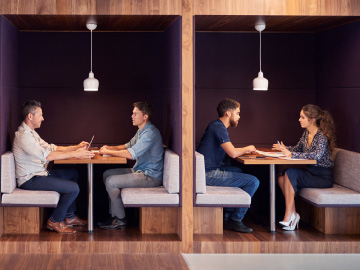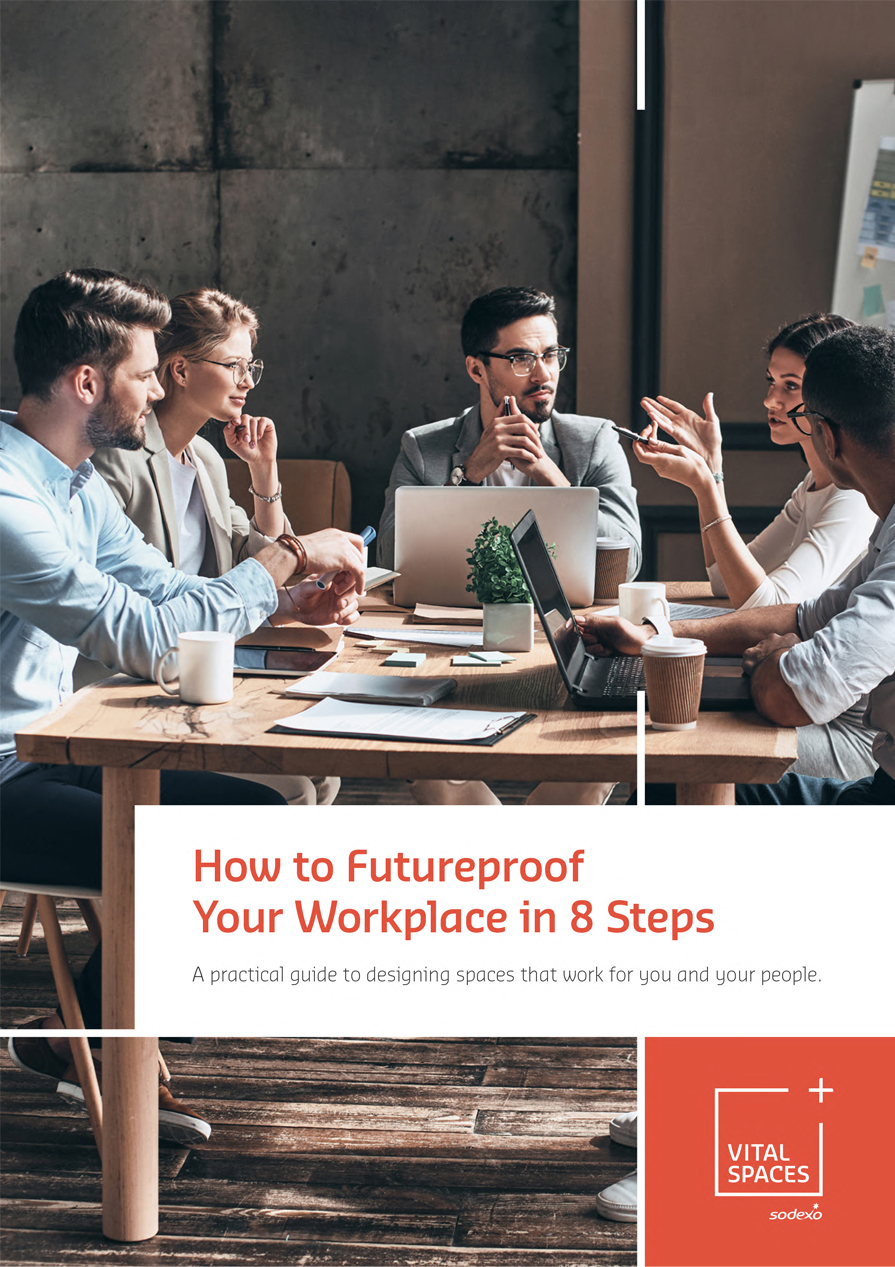Job transitions are on the rise across all ages of the workforce, but the shift is far more drastic among younger staff. According to LinkedIn data, Gen Z are leading the charge with a whopping 80% increase year on year. As a result, the pressing question for many managers is: "what can I do to prevent a mass exodus of younger employees?"
We are currently living through the Great Resignation, which has seen the highest number of workers choosing to leave their jobs in over 20 years.
An ONS survey recently reported that over one million people moved jobs between July and September 2021, with 391,000 of these being resignations. Employers are struggling to source and keep hold of skilled workers, and younger talent is especially difficult to retain.
How can you join other forward-thinking companies around the world who are trying to sidestep the Great Resignation? How can you appeal to How can your company engage and retain an increasingly demanding and opinionated younger generation of employees? It is critical to the stability of your workforce that adequate time is invested in understanding the career mindset of a generation that is predicted to make up around 27% of the global workforce by 2025 (World Economic Forum).
The pandemic has driven an entirely new way of working, and Gen Z are demanding more, with a flexible work-life balance at the top of the list.
What can you do to retain young workers? And are you ready to live up to their expectations?
Why are younger generations becoming more challenging to retain?

There have been many contributing factors to the great resignation, but disengaged employees are at the heart of the issue.
Burnout and poor mental health have forced people to re-examine what working life they want, and younger generations have been especially susceptible to the increased pressure caused by the pandemic.
For instance, Adobe recently reported that 57% of Generation Z employees feel the need to be available at all times, and they often blame their employer for long workdays. According to Mental Health Today, this has accelerated an already burgeoning mental health crisis and caused a 79% increase in employee requests for wellbeing support from their company.
Our research has found that 52% of workers consider a flexible work policy their number one criteria when considering a new role or employer, no matter their age. Flexibility has replaced healthcare as the most valued employee benefit (Harris Tracker Research). This huge demand for greater flexibility means companies must concentrate on support systems and technology for hybrid working.
The landscape of the employer-employee dynamic has changed dramatically. To ensure that organisations remain competitive in attracting, recruiting and retaining top talent, they need to start viewing employees as consumers. Employee consumerisation is about creating a relevant and valued customer experience for current and potential staff and can help companies appeal to the most coveted workforce generation - Generation Z. The power has swung to the worker, and now employers must focus on employee experience.
Creating a workplace that consistently engages staff and brings value to the workforce is no longer negotiable and must be what business leaders concentrate on when competing for talent.
But how can you meet these new demands?
What do young workers want from employers?
The usual suspects remain important when employees consider drivers of company choice. Salary, responsibilities, commute time, title and location remain key, but the surprise new entrant over the last two years is flexibility.
But what do employees mean by flexibility, and how can employers improve on this metric? It is the ability to choose when and where you work. Employee strategy is critical for improving this desired adaptability. Focusing on workplace design is key because agile workplaces have a massive impact on productivity and mental health.
Design is vital for employee retention strategy, but it is equally crucial for enticing new talent. Workplaces need to leave a lasting impression on prospective employees who attend interviews, inspiring a new generation of workers to feel proud of their company.

Employee benefits are also an essential part of any employee package. Offering great food in the workplace has been named by nearly half of the workers surveyed as the second most important criteria when looking for new job opportunities. Food offerings and environments are critical for cementing strong employee bonds in newly designed workplaces, and a wide variety of food types that are all readily available are expected. Food has long brought people together and will play a critical role in persuading teams back into the office.
Employees are also looking for organisations whose mission and values align with their own beliefs. This means that companies should clearly communicate their CSR commitments and enrol employee support where possible - around energy usage or waste management, as this can become a source of pride for their people.
Young workers are expecting and demanding more from their employers. It is no longer just about Corporate Social Responsibility (CSR) - it's also about Environmental, Social and Governance (ESG).
How can your company attract this younger generation?
If businesses want to keep their best employees and attract younger workers, they must take a people-centric approach to spaces, benefits and development by listening to current employees and acting on what they say.
Here are our four top tips to help employers leave a lasting impression on the younger generation:
- Use interviews to make an emotional impact that engages prospective workers. Reposition brand messaging to reflect a corporate culture that has a welcoming and well-managed working environment.
- Adaptable offices should be used to appeal to younger talent. Use office spaces to highlight how flexible working can connect hybrid workers seamlessly, while also showcasing excellent design, such as modularised office spaces and adaptable fit-outs. Our research has shown that having dedicated spaces for collaborative work and areas for quiet/personal time are equally valued for employees returning to offices.
- Cutting edge technology is essential for talent attraction, especially for younger people. A technology-first mindset appeals directly to these digital natives who have grown up on smartphones and feel entirely at home with technological advances. Digital conferencing software and other cloud-based software solutions unlock new ways of working that allow for uninterrupted working arrangements.
- Work-life balance is of particular concern to young people. Offering employee benefits such as mental health support and delicious food on demand is critical for securing these talent pipelines.
Companies need to listen and respond to their workforce by creating the space for creativity, enabling flexibility, and rewarding employees.
WX, a Vital Spaces brand and global workplace services leader, conducts comprehensive assessments to help organisations better understand their workers and optimise office spaces. We help you devise workplace strategies that keep people connected, engaged and productive by quantifying the current and desired employee experience.
Corporate work guidelines must evolve for a younger generation of employees. If employers want to avoid losing their talent, whether to the Great Reshuffle or the Great Resignation, they must focus on what matters to their people, especially the youngest members of their team.
What is your company doing to compete for talent?
Flexibility is no longer simply a workplace perk. With hybrid working here to stay, top-performing companies recognise and respond to the need to enhance their workplaces.
Sodexo’s Vital Spaces looks at services in the workplace as an ecosystem and develops a solution to meet the expectations of a disparate and changing workforce.
Invest in your office experience today and engage a younger generation with outstanding workplace design.
If you’re ready to take that step, download our new guide which offers practical insight on how to design the right space to bring the best out of your workforce.
Vital Spaces
Are you being brave enough to change?




